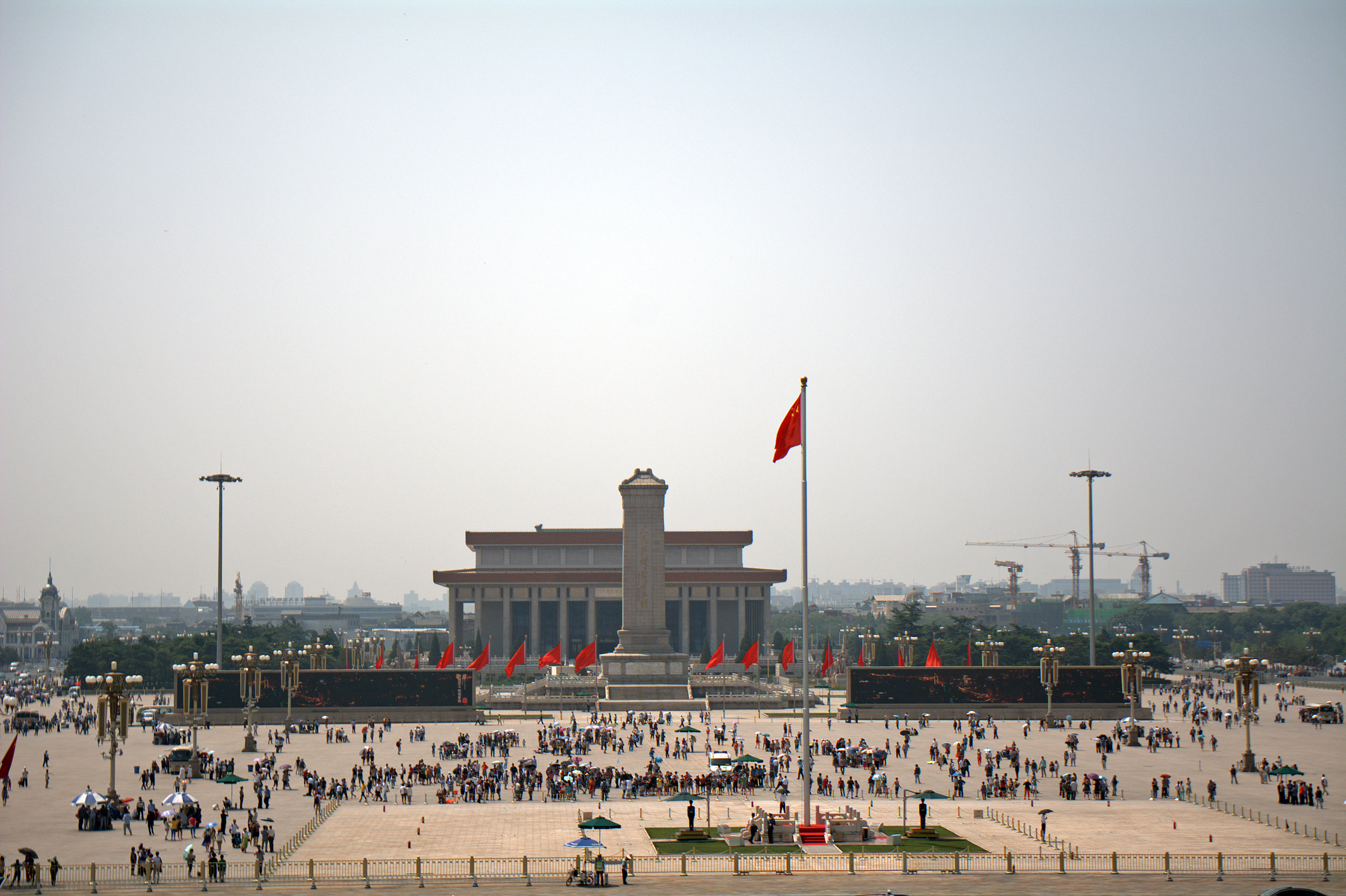
Editor’s note: Yang Mingdao is the collective pseudonym for Chinese voices within China Partnership. This series is from a talk given by a Chinese theological teacher and trainer at a recent gathering of those interested in China. It has been edited from transcriptions of the original talk. You can click here to read part 2 and part 3.
Whenever I talk about China, I want to remind us that China is a big country. After two thousand years of imperial leadership, we are transitioning into something we haven’t done before. China is still transitioning. If you really look at China, for two thousand years there was an emperor governing the entire society. Nowadays, even though we don’t have an emperor, we do have some similar governance structures. If you followed the recent big [Communist] Party convention, a lot of newspapers, including the Wall Street Journal and the New York Times, analyzed that convention and said that now there is a new style of emperor who holds the power in China. It’s a comparison of the old days and today. Even though these days there is no explicit emperor, the government still operates with an imperial style and structure.
In that context, ever since one hundred and fifty years ago, when the West and China first met in modernity, China has been in a process of transition. China is still in that process. Last year, we learned that the economic and social situation in China in 2016 was very challenging. After about fifteen years of high-speed growth – 9%, 10%, 11% – the economic growth levels finally started to drop. There is a book called China: Fragile Superpower, by Susan Shirk. This book compares China to a big elephant riding a bicycle. The slower the speed, the more likely the elephant will drop from the bicycle. It predicts that if economic growth is lower than 6%, it will cause social turmoil. Last year presented a big challenge to the Xi government, because everybody was talking about the “L-shaped economy.” For many years there was high growth, but finally the economic growth rate has started to drop. It dropped to 6.7% at the lowest, last year. But many people believe that this year, everything has stabilized. Actually, if you really look at the economic growth rate for this year, it’s going to be 6.9%. That is higher than last year, and economists are divided on what this growth rate means. The situation is less severe than in 2016.
I want to draw your attention toward the exchange rate. Last year, the exchange rate for USD to RMB was very steep. There was a big change, from around 6.0 [RMB per US dollar] to 6.9. After that, starting at the beginning of 2017, the Chinese government tried to control the outflow of money from China in order to control the economy. They succeeded. Once the foreign currency reserve dropped below three trillion US dollars, the Chinese government practically blocked the general public from exchanging Chinese RMB for USD and putting their money overseas. Only those who were able to show a real need were allowed to exchange RMB for USD. People had to file an online application and show it was necessary for them – like if their children were coming to the States to get an overseas education. After these steps were implemented, the outflow of currency really dropped. This October, the currency reserve actually rose to 3.11 trillion dollars. In general, the socioeconomic situation in China has stabilized. After a big change last year, the housing crisis has also stabilized. In 2016, housing prices had a 40% hike in Beijing, Shanghai, and a lot of other cities, with some even doubling in price. But in 2017, housing prices stabilized.
Another issue is that since the Trump government is trying to withdraw from Asia and the Pacific (at least it’s one of their early strategies) by pulling out of the TPP [Trans-Pacific Partnership] and different commercial deals, China is trying to push its own agenda. China has the One Belt One Road strategy, which they are using to try to open an inland road from old central Asia centers back into Europe. China is investing hugely in that project. They are trying to bring investment into their big projects so that economic growth can start again.
And last, Beijing is expanding by building a new city. Beijing is very crowded, with a lot of population overflow. In order to address the population issue, Beijing has announced they are going to have a kind of second capital sixty miles south of Beijing, and will move a lot of functions to that region. It’s something like Shenzhen in the old days. Shenzhen is a special economic zone that was opened to attract investment from Hong Kong. Now, Shenzhen has become a huge city in southern China. They are trying to do something similar in Beijing, moving many economic and education functions out of Beijing to this new city. We don’t know whether it’s going to be successful or not. That will require more generations, maybe ten or twenty years of consistent policy, in order to make that a success story.
In order to boost economic growth in other cities, China has fifteen new Tier One cities which were identified in September and October of this year. Chengdu, Hangzhou, Wuhan, Chongqing, Nanjing, Tianjin, Suzhou, Xiyan, Changsha, ShenYang, Qingdao, Zhengzhou, DaLlan, Dongguan, Ningbo – they are the fifteen newly identified Tier One cities. So the new economic zone in Beijing, the fifteen new Tier One cities, and also the One Belt One Road strategy are all meant first, to bring boosted economic growth in China, and second, to address the growing population pressure in larger Tier One cities.































